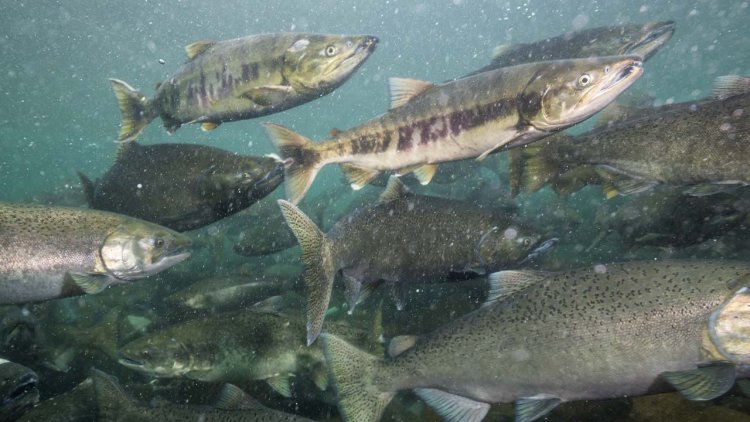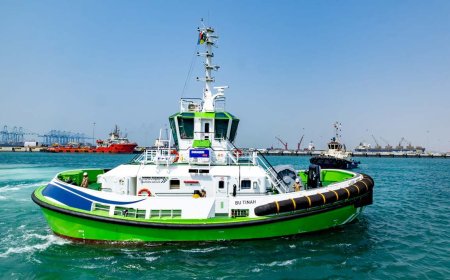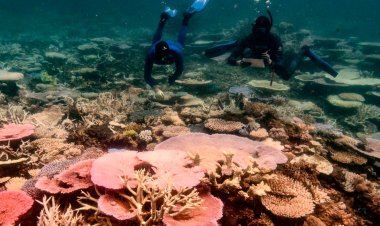Fish recognition algorithms can stop invasive species
With the help of AI, Vattenfall’s personnel at the Stornorrforsen hydro power plant have been able to identify fish based on a large number of characteristics. They now hope to further develop the technology.

The meeting between energy production and nature is rarely as clear as in the case of hydro power plants and migrating fish. On the one hand, you have the force of enormous amounts of running water that create energy for the whole of Sweden, and on the other, salmon and other fish that want to migrate both up and down rivers and need routes past the power plants.
Stornorrfors is one of the largest of the 2,000 plants in the country and is located in Umeälven River, just west of Umeå in northeast Sweden. In 2010, Vattenfall installed a new fish ladder here, which would help spawning fish bypass the power plant, and a couple of years ago they took the first steps toward a fish recognition system that would make it easier for Vattenfall to monitor, categorise and analyse the fish and their movements.
“We worked out a way to determine the characteristics of salmon,” says Patrik Andreasson, Specialist for Research & Development at Vattenfall.
"And today we have working algorithms, which are really good at recognising size and the presence of fungal attacks, and at distinguishing whether the fish is wild or farmed, as seen by the clipped andipose fin on the salmon's back."
The purpose of the technology is to more clearly control which fish travel up and down the fish ladders that bypass the hydro power plants, and to monitor the evolution of species over a longer period of time. For example, when farmed salmon is released into Umeälven River, it is possible to use the artificial technology to see how many of them then return and also follow the wild salmon’s way to adjacent Vindelälven river.

In recent years, fish recognition has developed rapidly and there are several providers of the technology. Still, there is room for improvement and changes, not least in terms of what characteristics the algorithms recognise in the salmon.
Gender is a crucial, and one of the most difficult, characteristics to recognise in spawning salmon. It is especially important to track females. The more females, the more roe and fry and, in the long run, the more adult fish. Because it is extremely difficult to distinguish between females and males, especially early in the season, gender recognition at Stornorrforsen is currently done manually and visually by highly skilled staff.
“If we’re going to use algorithms instead of people, the algorithms have to be just as good,” says Andreasson. "This is very difficult now, especially at the beginning of the season. We’ve made a first attempt to develop an AI that also recognises gender. It works, but not quite well enough yet. So we’ll continue developing it and give it a test run at the end of this season or at the beginning of next. This is an issue we will be working on throughout this year."

























































































































































